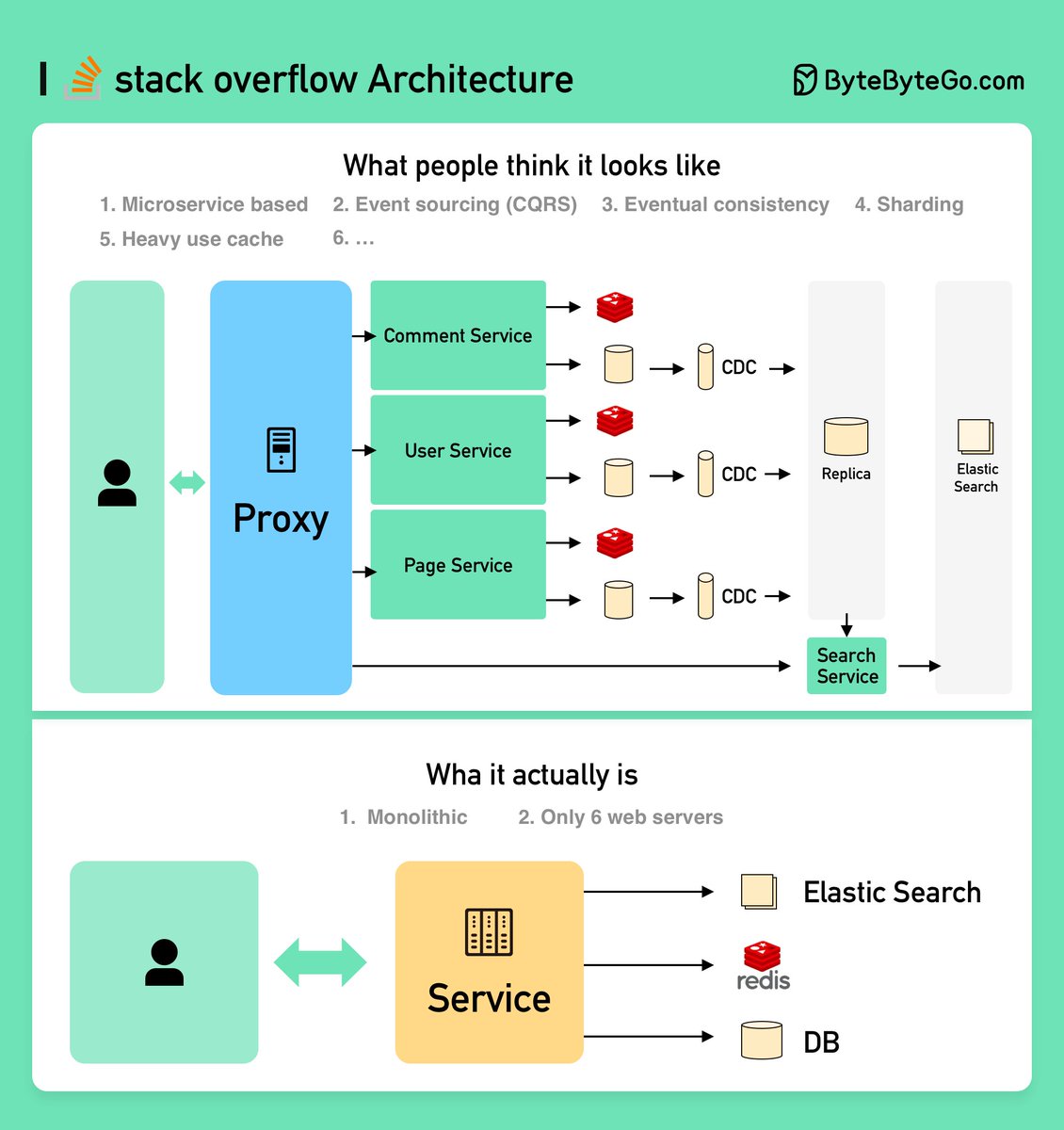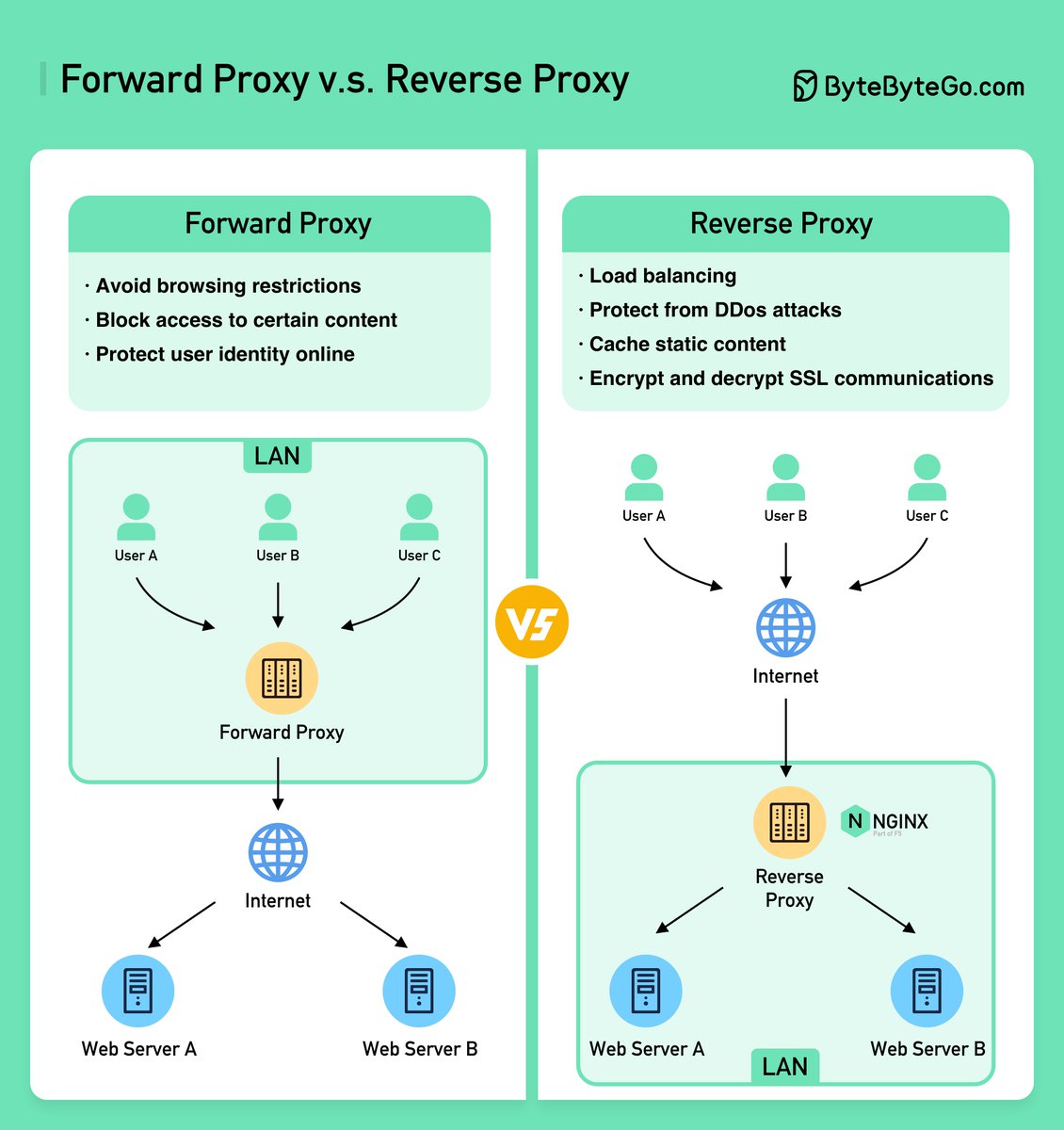
/1 One picture is worth a thousand words. Interesting database selection trees.
iQIYI is one of the largest online video sites in the world, with over 500 million monthly active users. Let's look at how they choose relational and NoSQL databases.
iQIYI is one of the largest online video sites in the world, with over 500 million monthly active users. Let's look at how they choose relational and NoSQL databases.

/2 The following databases are used at iQIYI:
- MySQL
- Redis
- TiDB: a hybrid transactional/analytical processing (HTAP) distributed database
- Couchbase: distributed multi-model NoSQL document-oriented database
- TokuDB: open-source storage engine for MySQL and MariaDB.
- MySQL
- Redis
- TiDB: a hybrid transactional/analytical processing (HTAP) distributed database
- Couchbase: distributed multi-model NoSQL document-oriented database
- TokuDB: open-source storage engine for MySQL and MariaDB.
/3 - Big data analytical systems, like Hive and Impala
- Other databases, like MongoDB, HiGraph, and TiKV
The database selection trees below explain how they choose a database.
- Other databases, like MongoDB, HiGraph, and TiKV
The database selection trees below explain how they choose a database.

/4 Over to you: choosing the database is hard. The view might be controversial. How do you usually pick the right DB?
/5 Disclaimer: This post is based on an article from PingCAP (a ByteByteGo newsletter sponsor). If you are interested in learning more, please check out their in-person HTAP database summit (free) in Mountain View, California: bit.ly/3EcKoDV
/6 I hope you've found this thread helpful.
Follow me @alexxubyte for more.
Like/Retweet the first tweet below if you can:
Follow me @alexxubyte for more.
Like/Retweet the first tweet below if you can:
https://twitter.com/alexxubyte/status/1576961080454021121
• • •
Missing some Tweet in this thread? You can try to
force a refresh














